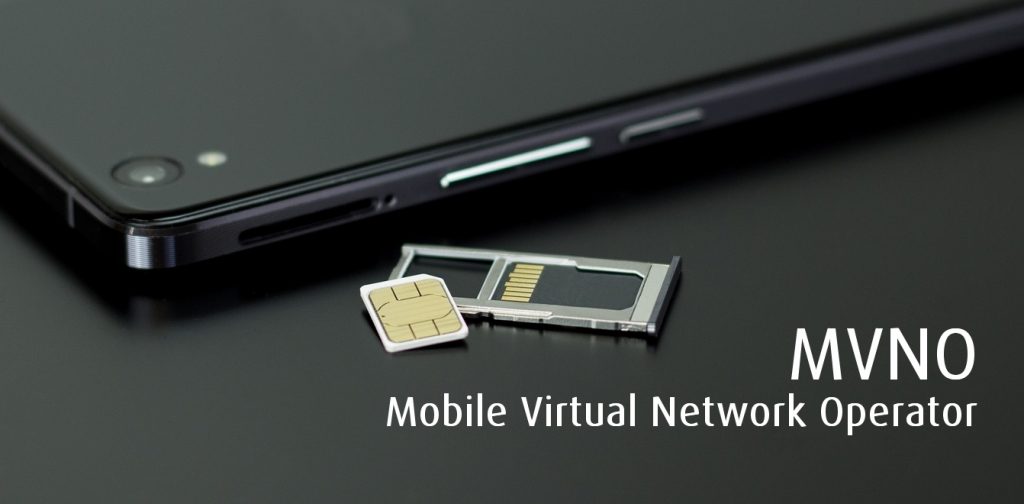Quality of Service (QoS) for VoIP
Quality of Service (QoS) is a crucial aspect of ensuring reliable and high-quality Voice over Internet Protocol (VoIP) communication. QoS refers to the set of techniques and mechanisms used to prioritize and manage network traffic to meet specific performance requirements for real-time applications like VoIP. Let’s explore the importance and key components of QoS for VoIP.
Prioritization of VoIP Traffic
QoS ensures that VoIP traffic is given priority over other types of data on the network. This prioritization prevents delays, packet loss, and jitter, which can negatively impact call quality. By assigning a higher priority to VoIP packets, QoS helps maintain consistent and clear voice transmission.

Bandwidth Reservation
QoS allows for the reservation of a certain amount of bandwidth specifically for VoIP traffic. This ensures that there is always sufficient bandwidth available for VoIP calls, even during periods of heavy network congestion. Bandwidth reservation helps prevent call quality degradation and ensures that VoIP calls receive the necessary resources for optimal performance.
Traffic Shaping
Traffic shaping is a QoS technique that controls the flow of network traffic to match the capacity of the network. It helps manage and regulate the transmission of VoIP packets to avoid congestion and maintain smooth communication. Traffic shaping prioritizes time-sensitive VoIP traffic over other types of non-real-time data, preventing bottlenecks and maintaining call quality.
Packet Prioritization
QoS assigns a higher priority to VoIP packets compared to other types of data packets. This prioritization ensures that VoIP packets are transmitted with minimal delay and are less likely to be dropped or interrupted. By giving priority to VoIP packets, QoS minimizes latency, jitter, and packet loss, resulting in improved call quality.

Quality Monitoring and Measurement
QoS involves continuous monitoring and measurement of call quality parameters such as latency, jitter, packet loss, and delay. This allows network administrators to identify any degradation in call quality and take corrective actions to maintain optimal performance. Quality monitoring tools provide real-time visibility into network performance and enable proactive management of QoS settings.
Differentiated Services (DiffServ)
DiffServ is a QoS architecture that uses Differentiated Services Code Points (DSCP) to classify and prioritize network traffic. It assigns different levels of priority to various types of traffic, including VoIP. By implementing DiffServ, network administrators can allocate appropriate resources and prioritize VoIP traffic based on its importance for real-time communication.
QoS-enabled Network Equipment
QoS requires network equipment, such as routers and switches, to support QoS mechanisms and configurations. QoS-enabled equipment allows for traffic prioritization, bandwidth management, and traffic shaping. It ensures that the QoS settings applied to VoIP traffic are effectively enforced throughout the network.
Network Testing and Optimization
Regular network testing and optimization are essential for maintaining QoS for VoIP. Testing involves measuring network performance, including latency, jitter, and packet loss, and identifying areas for improvement. Optimization may involve adjusting QoS settings, upgrading network infrastructure, or addressing any network issues that could impact VoIP performance.

By implementing QoS mechanisms and practices, businesses can ensure consistent and high-quality VoIP communication. QoS prioritizes VoIP traffic, reserves sufficient bandwidth, and manages network traffic to minimize latency, jitter, and packet loss. This results in improved call quality, enhanced user experience, and reliable real-time communication for businesses using VoIP services.
Overall, VoIP offers a cost-effective, flexible, and feature-rich communication solution for businesses of all sizes. It revolutionizes the way voice communication is conducted by leveraging the power of the internet to provide efficient and scalable voice services. VoIP systems enable businesses to tailor their communication infrastructure to their specific needs and gain a competitive edge in today’s fast-paced business landscape.
VoIP Relevant Articles:
- Cost Savings (Click to find out)
- Scalability and Flexibility (Click to find out)
- Advanced Features and Integration (Click to find out)
- Mobility and Remote Work (Click to find out)
- Improved Collaboration and Productivity (Click to find out)
- What’s VoIP and its Key Benefits (Click to find out)
- Bandwidth and Internet Connection (Click to find out)
- Quality of Service (QoS) (Click to find out)
- Network Security (Click to find out)
- Infrastructure Evaluation (Click to find out)
- Existing Phone System Assessment (Click to find out)
- Hardware and Equipment Compatibility (Click to find out)
- Power and Backup Solutions (Click to find out)
- Upgrading Your Business to VoIP Services (Click to find out)
- VoIP Systems (Click to find out)
By A W Moghul
 MVNO MVNE MNO Mobile & Telecoms industry intelligence Telecoms Jobs, News and Business
MVNO MVNE MNO Mobile & Telecoms industry intelligence Telecoms Jobs, News and Business






